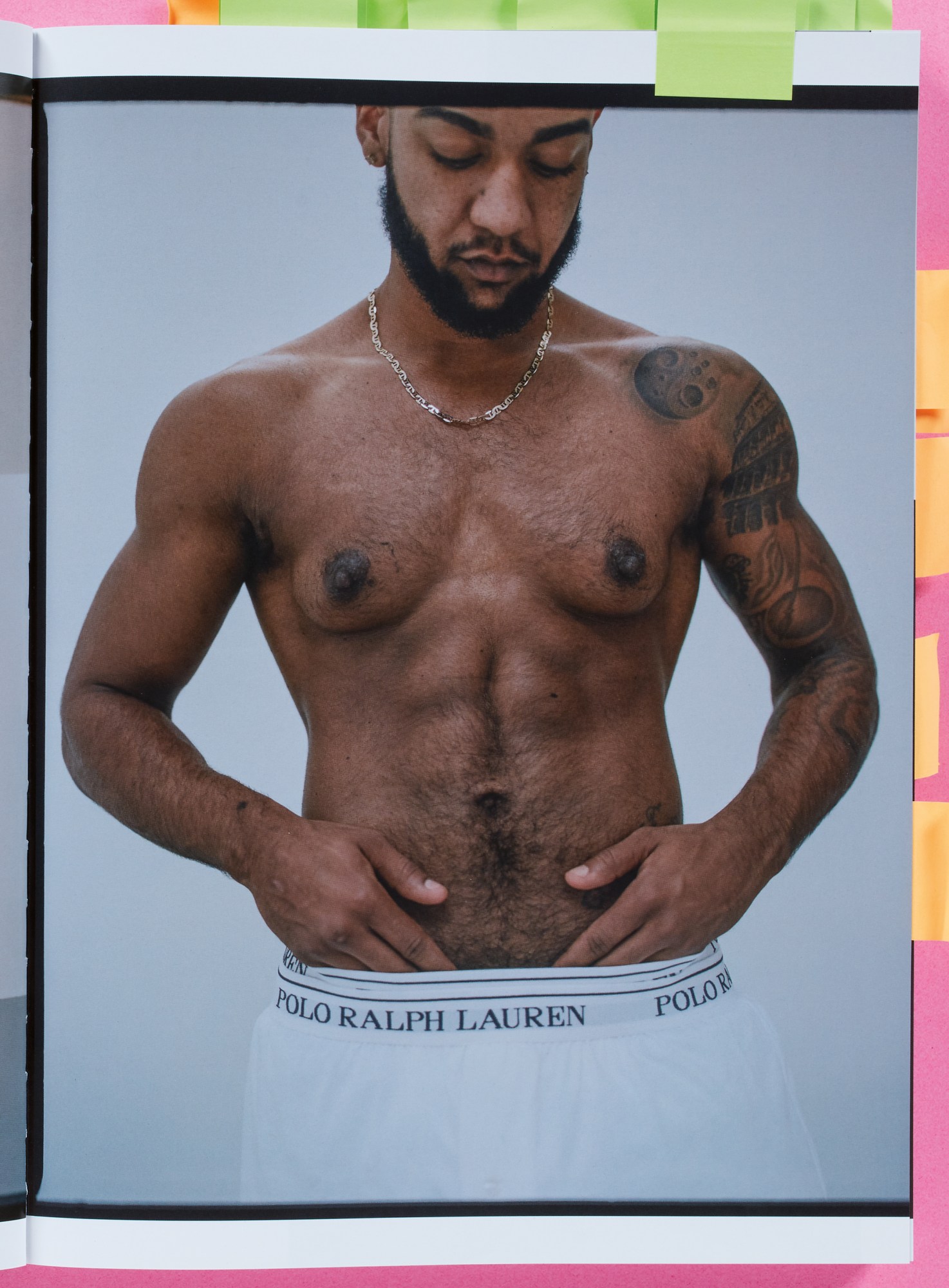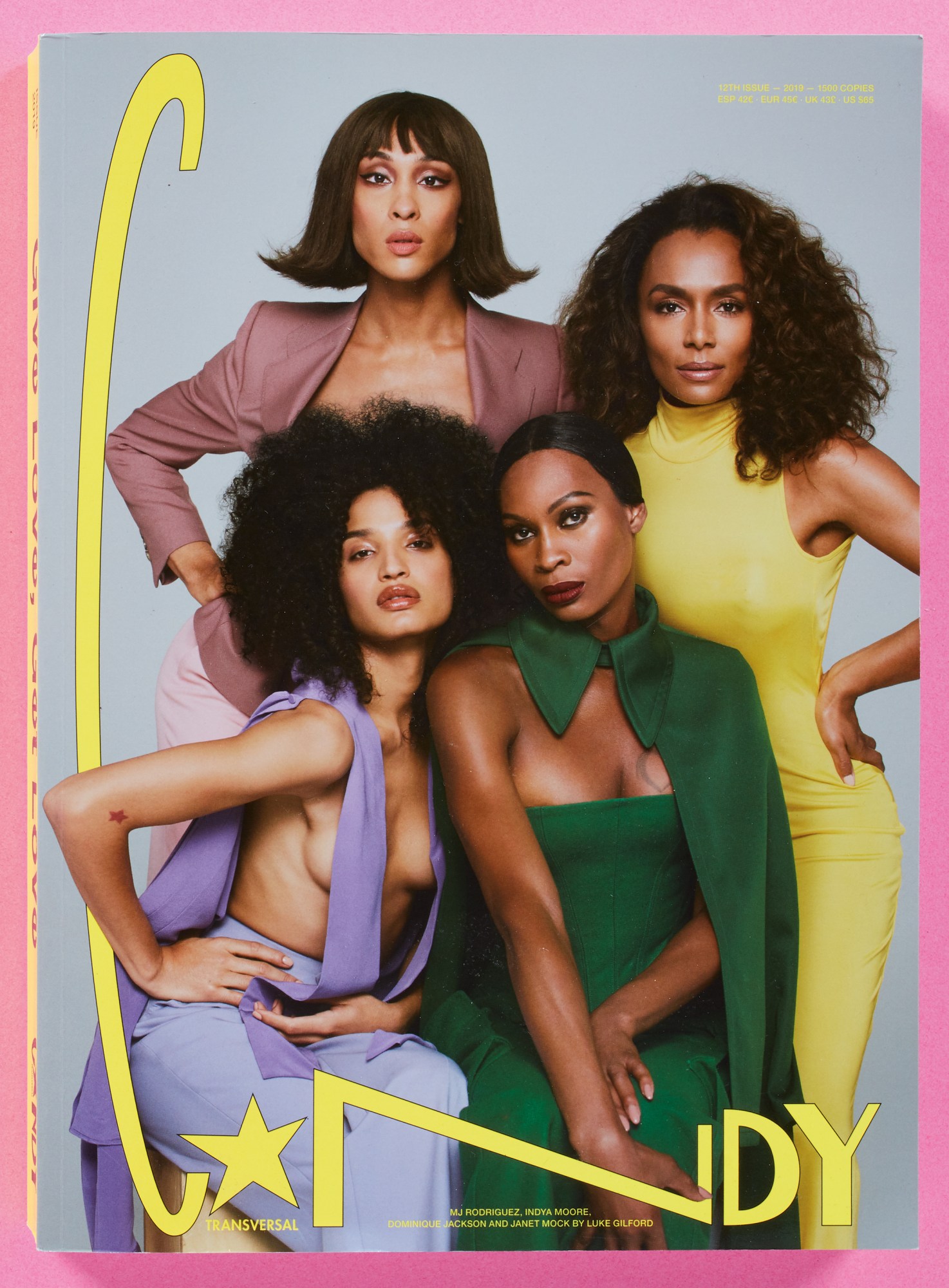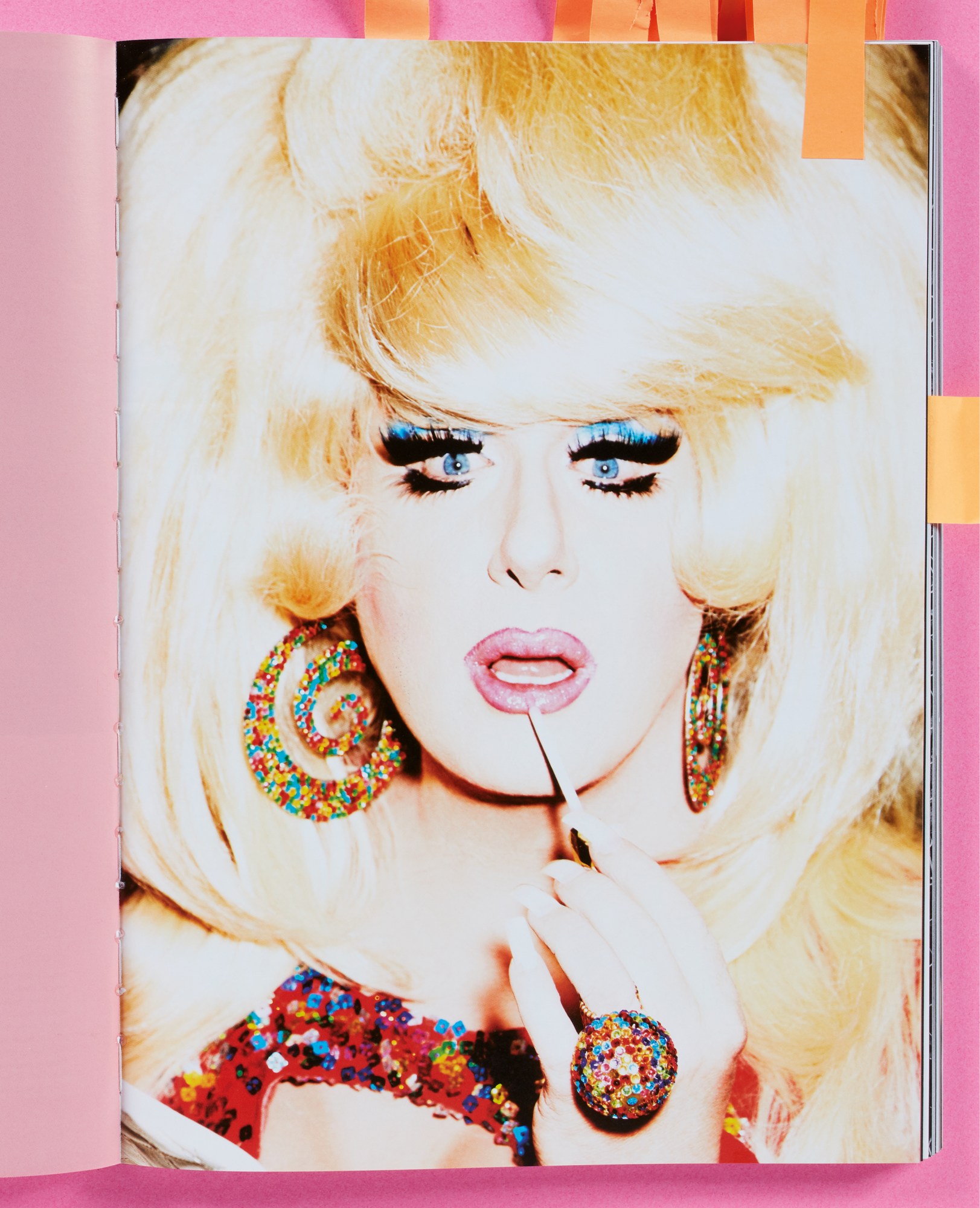Has there ever been a better time to cradle a hardback book full of transversal imagery in your hands, and feel grateful that there is still wonderful art in the world? We don’t think so, and we have Spain’s reigning champion of the queer/fashion crossover, Luis Venegas, to thank for that. After all, he’s been at the helm of CANDY — a magazine that’s always favoured the sweet and chic side of what it means to be trans, queer or gender non-conforming — for 10 (nearly 11) years. As a publication, it’s always been pushing against the grain to create something that feels miraculous: shots of a nude Lady Gaga paying homage to Dalí, the trans lead cast of Pose lensed by Luke Gilford, or Tilda Swinton, looking sensational, several times.
When the magazine launched in 2009, the world was lifting itself out of a recession; the least promising landscape in which to launch a fashion title — not least one that refused to adhere to the standard format and angle that had been tried and tested several times before. In 2020, a book celebrating its greatest moments — The CANDY Book of Transversal Creativity: The Best of CANDY Magazine, Allegedly — proves Luis’s creative insight rises above all that goes on in the world around it.
Having just returned from walking his dog around the park, he hopped on the phone to i-D and unpacked the making of The CANDY Book, the modern history of the mag that spawned it, and what it feels like to still be ahead of the curve.
You prophesied this very book in an i-D interview at the beginning of 2019. Did you feel like you had to reach a milestone like your 10th anniversary to make the book?
When I mentioned it, the idea of making the book was more like a wish. I sent a letter to our contributors and planted the seed to try and make this happen. 10 years — even though it’s technically 11 — feels like a date that marks something, even though time is an abstract concept. I’ve been working on the magazine for years now. When I started it, the subjects and the themes it talked about were quite different from what we discuss now. It felt like the right time to put all of that into perspective, both the magazine and the transversal world.

CANDY has existed for longer than many (respectful) depictions of trans and queer people in mainstream media. What’s it been like watching the world come to understand a section of society that has always had so much to offer?
It’s very nice when people say CANDY is a pioneering magazine in terms of its subject matter, because it was the first magazine that pioneered that ‘Fuck gender’ notion in a fashion way. I never intended it to be a political magazine talking about fighting for people’s rights, because there are great activists who do that — and they deserve the bigger platform and recognition. There were so many transversal icons who have devoted themselves to fashion. Showing themselves as fabulous beings for the past 80, even 90 years. Somehow the fashion world hardly paid back. It never gave those people enough credit. It was about time to celebrate all that. When people asked me what I wanted CANDY to be in the beginning, I said I wanted to make a transversal Vogue. Anybody could have done it, but I’m the one who did.
When it came to compiling it, what were the parts of CANDY’s history you knew you had to include?
When I edit and publish something, the most important thing I look for is a strong personal link to the stories. Maybe it’s someone I met and really liked, and so they made it in the book. There were other stories that had been [talked about] so much that I thought maybe it was about time to consider those that hadn’t had as much exposure but carried much more meaning for the transversal community. That’s how I made it. I feel like that energy can be felt through the pages.

In the process of making the book, you were going back into the CANDY archive. Has that influenced how you want the magazine to progress?
Some people told me that after [a few] issues of the magazine, we’d run out of things to talk about. I was like ‘Are you crazy? There’s so much!’. In terms of personalities from the past and archive, there’s a huge amount of stories that haven’t been told yet. Working on the book has made me realise that, since I started the magazine 11 years ago, there are people I still want to talk to and about. It makes me, somehow, more engaged with the many things that I’m still missing in CANDY, so I want to make the next 10 years as strong and cohesive for people as these past 10 were. That’s the goal.
What’s been the greatest compliment someone has paid the magazine?
It feels like, in a time when everyone is saying print is dying, there are still people interested in going out and buying the magazine — spending their money on something someone has made. Apart from that, it’s a very pragmatic way to think, but it’s very nice when people say it’s helped create a safe space. I’ve heard that from great people that I deeply respect, like Janet Mock, John Waters or Hari Nef! The people who’ve written the blurbs for the back cover of the book. It’s very rewarding when people who have a voice in our community say that CANDY is something to look at and treasure.

Do you feel like you ever encounter censorship working on projects like this?
No! Never. For me, I feel like everything I do, it almost feels like the opposite. We’ve reached a certain level of recognition, and we got there because people could see stories in CANDY that weren’t anywhere else. Now those stories are in many other places, so I have to keep the same energy going forward, and staying strong with the statements we make. That’s the opposite of censorship!
Where do you envision the magazine in a decade’s time? Shall we gear up for book two?
That’s difficult to say! Every time there’s a new issue out there, you always have to think it may be the last. Hopefully [the book] will bring us more opportunities, but more than anything it’s rewarding in a personal sense. This isn’t a blank check for CANDY’s future! I hope there will be a new issue, and another after that. So long as people stay interested in it, I’ll be doing it in the best way I can.

The CANDY Book of Transversal Creativity: The Best of CANDY Magazine, Allegedly is out now.
Credits
Photography and artwork courtesy of Rizzoli
